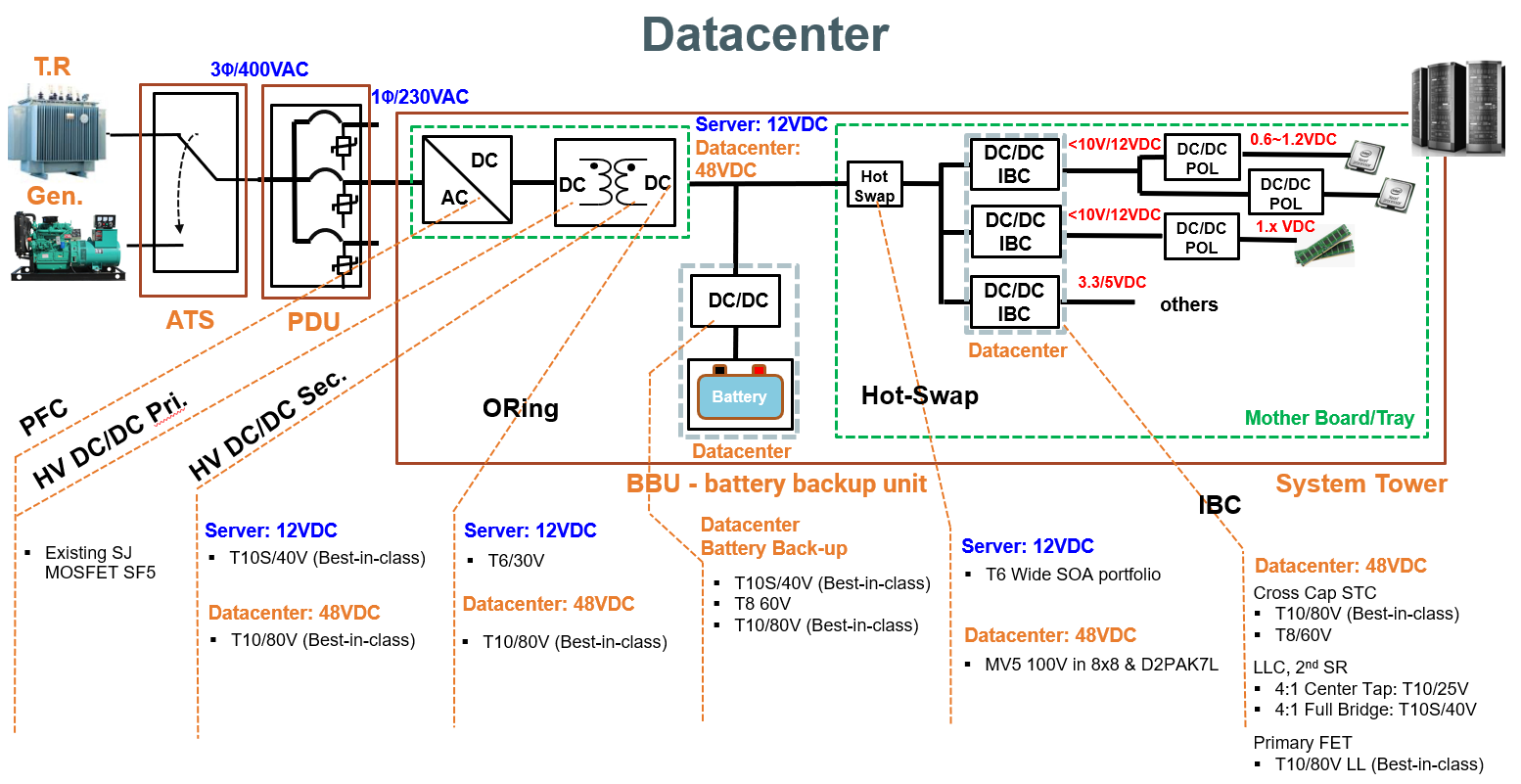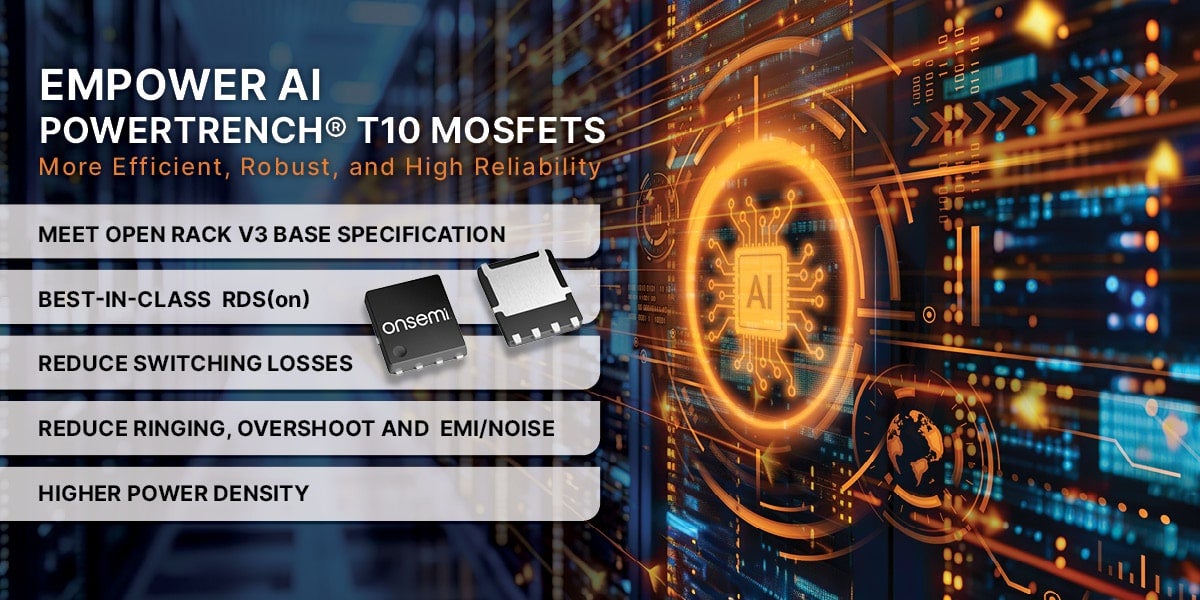According to the International Energy Agency (IEA), data centers consumed approximately 2% of all electricity in 2022 – around 460 TWh. With the rise of energy-hungry applications, including cryptocurrency and artificial intelligence/machine learning (AI/ML), this figure is sure to rise rapidly. This surge is anticipated based on the deployment of high-performance graphics processing units (GPUs) in these technologies.
The growth in this sector is staggering, with ChatGPT user acquisition reaching one million users in the first five days and 100 million in the first two months, significantly outpacing that of TikTok and Instagram. Training GPT-4, with 1.7 trillion parameters and using 13 trillion tokens, required 25,000 NVIDIA A100 GPUs with each server consuming around 6.5 kW. This training, according to OpenAI, took 100 days, consumed 50 GWh of energy and cost $100 million USD.
In this environment, making predictions is difficult and mostly depends on the deployment of GPUs to support AI. On the low end, the IEA predicts that data centers will consume at least 650 TWh by 2026, but >1,000 TWh is not out of the question.
Evolving Architectures in AI Data Centers
Early data centers converted grid voltage to 12V centrally and bussed this to servers where logic level conversion (3.3/5V) was done. As power increased, losses with this approach were too high and the bus voltage was increased to 48V, reducing currents by 4x and losses by 16x.
As processor voltages reduced below 3.3V to sub-volt levels, there was a need for multiple voltage rails at a relatively high power. This led to a two-stage conversion where a DC-DC converter (termed an intermediate bus converter (IBC) converted the 48V to a 12V local bus from which lower voltage conversion was performed.
AI Data Centers Need Efficient Power Conversion
Power losses are a double-edged sword; the losses are wasted energy with a cost implication, and they generate heat which requires space and further cost to manage. When operating hyperscale AI data centers, 120 kW of rack power is required. The efficiency to convert grid power to the voltage for the GPUs is about 88%, so it produces 15 kW of wasted heat that must be managed via liquid cooling.
Efficiency and power density (which go hand-in-hand) are the watchwords for power design in servers. Energy from the mains grid must be converted to useful power with as few losses as possible. To this end, topologies have evolved, techniques such as synchronous rectification have been developed and MOSFETs have replaced lossy diodes in rectifiers.
Enhancing the topology is only half of the battle. To optimize efficiency, all components must also be as efficient as possible – especially the MOSFETs that are essential to the conversion process.
MOSFETs are not lossless devices, and they introduce losses when conducting and switching. As server power supplies move to higher frequency operation to reduce size, switching losses are a particular focus for improvement.
Highly Efficient PowerTrench® MOSFETs
onsemi’s low to medium voltage T10 PowerTrench® MOSFETs reduce switching and conduction losses through the latest shielded gate trench technology. The result is significantly reduced Qg and sub-1mOhm RDS(ON). An industry-leading soft recovery body diode reduces ringing, overshoots and noise as well as Qrr losses, balancing performance and recovery in fast-switching applications.
These new MOSFETs can improve switching losses by up to 50% and conduction losses by more than 30% compared to earlier devices.
onsemi’s new 40V and 80V T10 PowerTrench devices deliver best in class RDS(on). The NTMFWS1D5N08X (80 V, 1.43 mΩ, 5 mm x 6 mm SO8-FL package) and the NTTFSSCH1D3N04XL (40 V, 1.3 mΩ, 3.3 mm x 3.3 mm source down dual cool package) are best in class of figure of merit (FOM) for power supply unit (PSU) and IBC in AI data center applications. The T10 PowerTrench MOSFETs meet the stringent Open Rack V3 efficiency specification, which stipulates efficiency of 97.5% or better.
Learn more about the T10 PowerTrench MOSFETs. Try our online PLECS simulation tools for quick and easy analysis.
Additional resources:


